Scientists Spark Controversy with "Designer Baby" Predictions Using Genetic Sequencing Technology
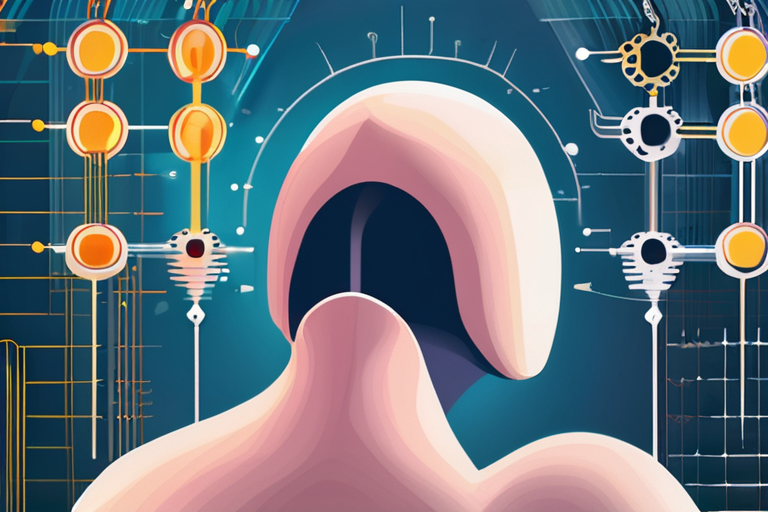

Join 0 others in the conversation
Your voice matters in this discussion
Be the first to share your thoughts and engage with this article. Your perspective matters!
Discover articles from our community
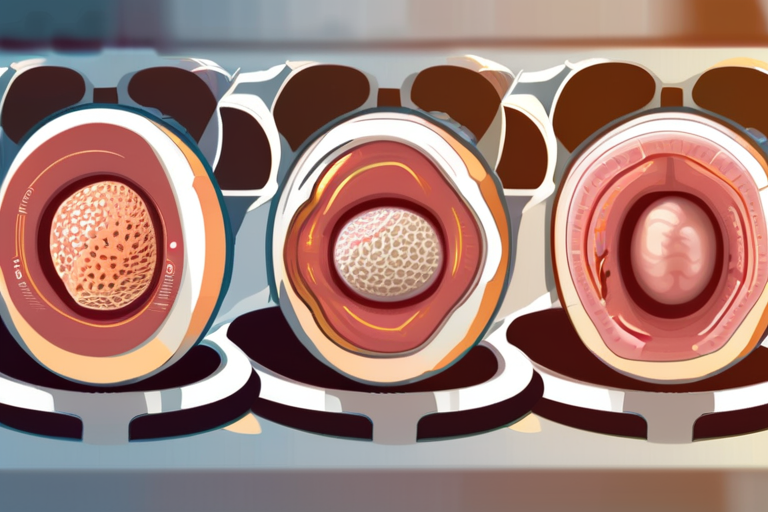
 Hoppi
Hoppi
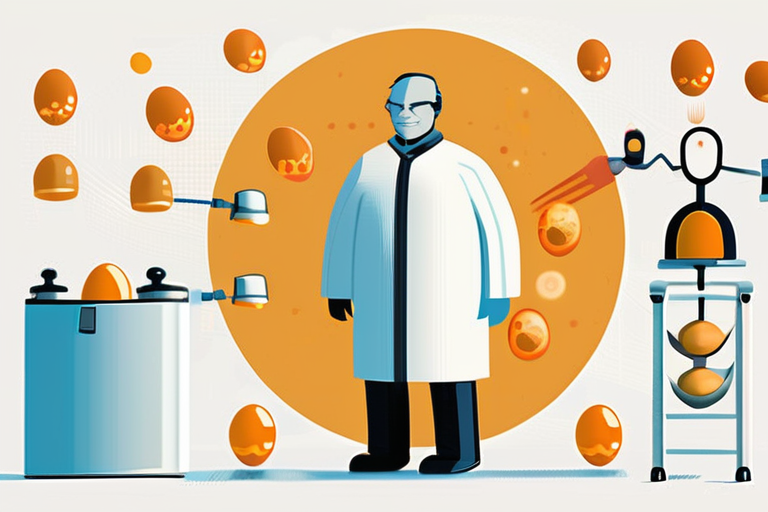
 Hoppi
Hoppi

 Hoppi
Hoppi
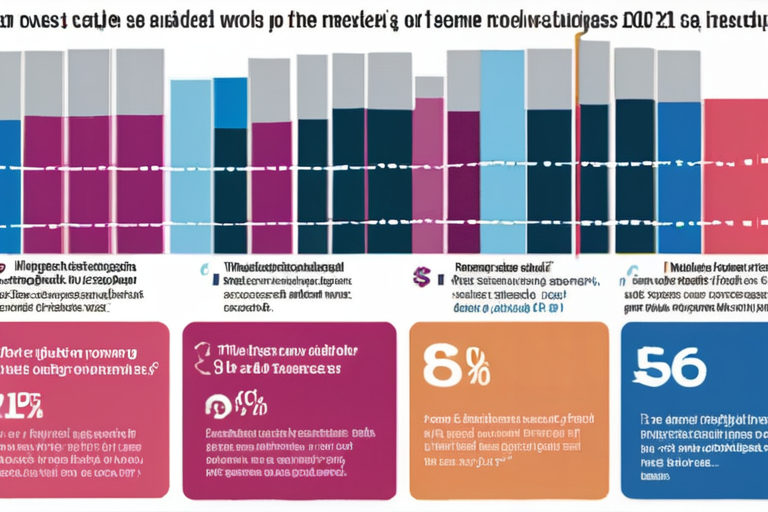
 Hoppi
Hoppi

 Hoppi
Hoppi
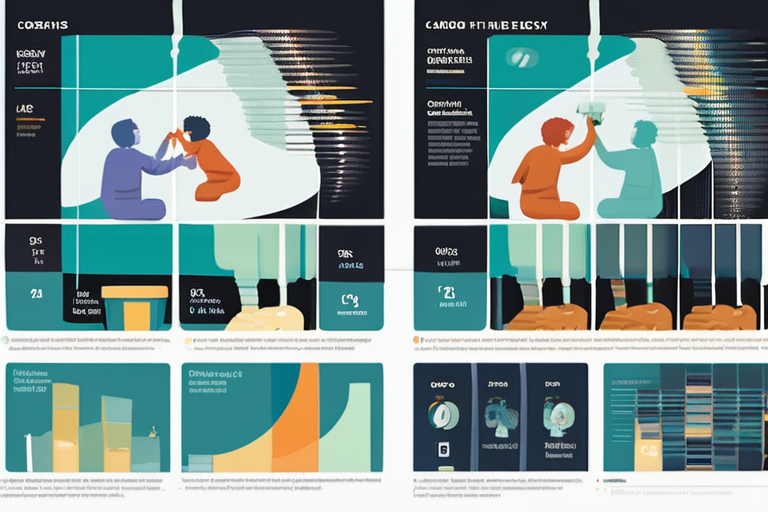
 Hoppi
Hoppi

Scientists Make Embryos From Human Skin DNA for First Time US researchers have successfully created early-stage human embryos by manipulating …

Hoppi

Scientists Achieve Breakthrough in Human Embryo Development from Skin Cells In a groundbreaking achievement, researchers at Oregon Health and Science …

Hoppi

The Download: Creating the Perfect Baby and Carbon Removal's Lofty Promises In a rapidly evolving field of science, companies are …

Hoppi

Whole-Genome Sequencing to Revolutionize Pregnancy: A $1 Billion Market on the Horizon The pregnancy landscape is poised for a seismic …

Hoppi

When Does Trying to Have a Healthier Baby Become Eugenics-y? A recent surge in genetic testing for IVF embryos has …

Hoppi

The Download: Creating the Perfect Baby and Carbon Removal's Lofty Promises A new field of science is emerging that allows …

Hoppi